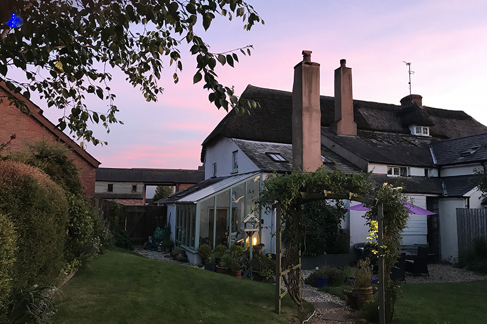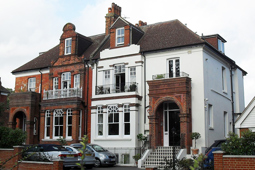
Building regulations, consent and planning permission for listed buildings
Project type
When do I need listed building consent?
Living in a listed building means that any changes to any parts of the house covered by the listing might affect its special interest and will need listed building consent.
A listed building can't be demolished, extended, or altered without special permission from your local planning authority, particularly for significant alterations to the more notable listed buildings.
There are different categories of listed building in England and Wales:
Grade I: buildings of exceptional interest.
Grade II: buildings of special interest, warranting every effort to preserve them.
Grade II*: particularly important buildings of more than special interest.
Owners of listed buildings are, in some circumstances, compelled to repair and maintain them and can face criminal prosecution if they fail to do so or if they perform unauthorised alterations.
When alterations are permitted, or when listed buildings are repaired or maintained, the owners often need to use specific materials or age-appropriate techniques.
The listing may apply to all structures within the curtilage of the building (the land immediately around it) such as outbuildings so you should check before you make any alterations.
Before carrying out any work, speak to your local planning department or conservation officer who’ll be able to tell you what work can be done, and the best way to go about it to preserve your building’s character and appearance.
Is planning permission different for listed buildings?
Whether planning permission will or will not be needed is no different for listed buildings, but you may well need listed building consent in addition to planning permission.
Are building regulations different for listed buildings?
It's a popular myth that listed buildings are exempt from compliance with Part L (England and Wales)of the building regulations which covers energy efficiency and the conservation of fuel.
There are some acceptable relaxations and your local building control surveyor will be able to give you advice.
Generally your home should be as energy efficient as possible while preserving its special nature. Many listed buildings for example are built from traditional materials like stone, cob and lath and plaster which should be breathable and would not be suitable for insulating, rendering or dry-lining.
You will also usually have to use timber windows with either single glazing or special slim double glazing depending on the requirements of your local conservation officer.
Generally all other parts of the building regulations will have to be complied with.
Further information
For further information on energy efficiency in historic buildings, read Historic England's Energy Efficiency and Historic Buildings






